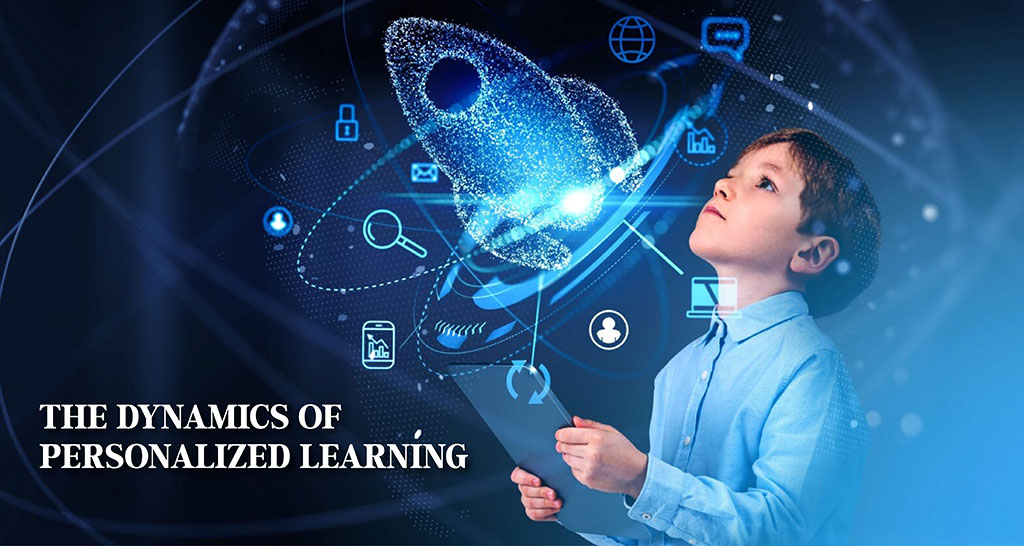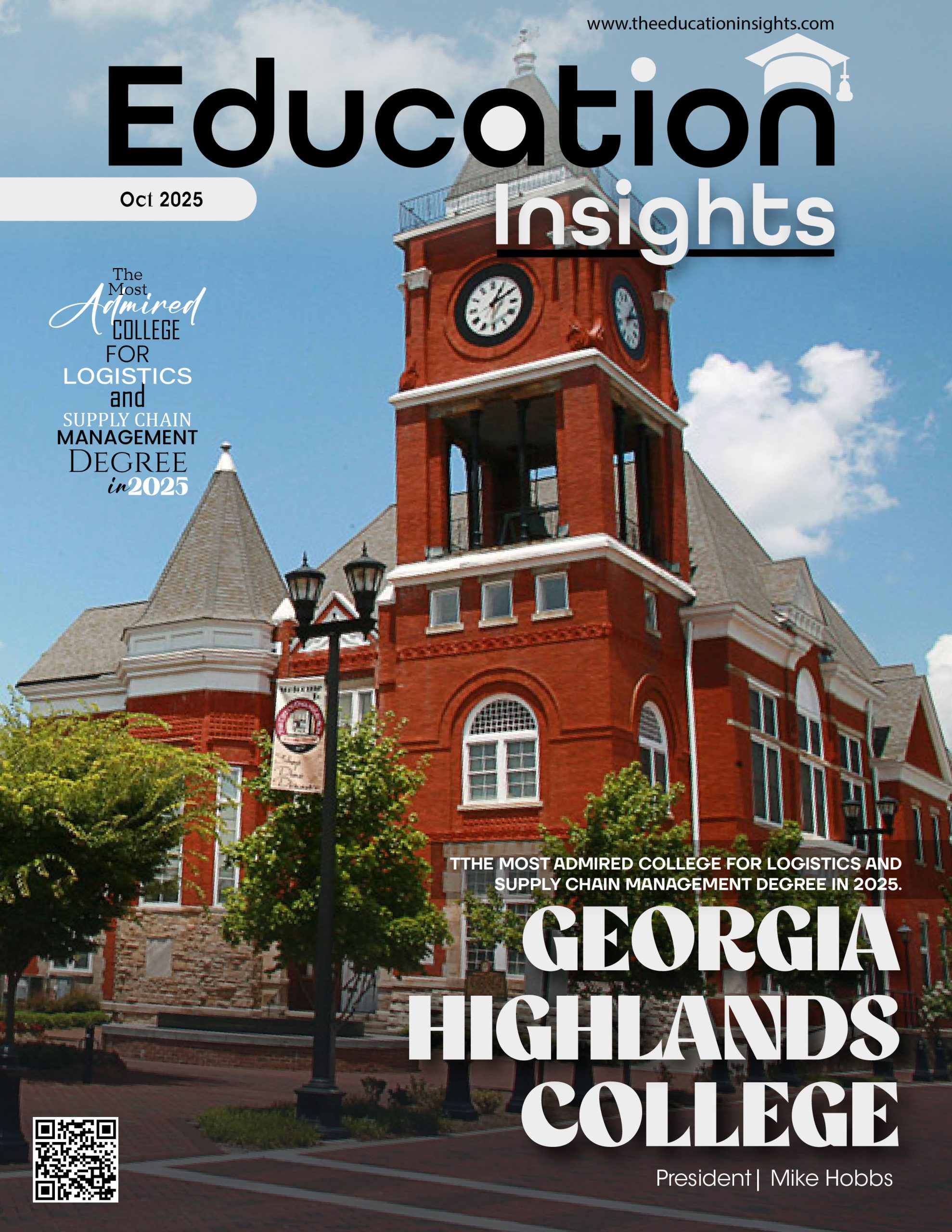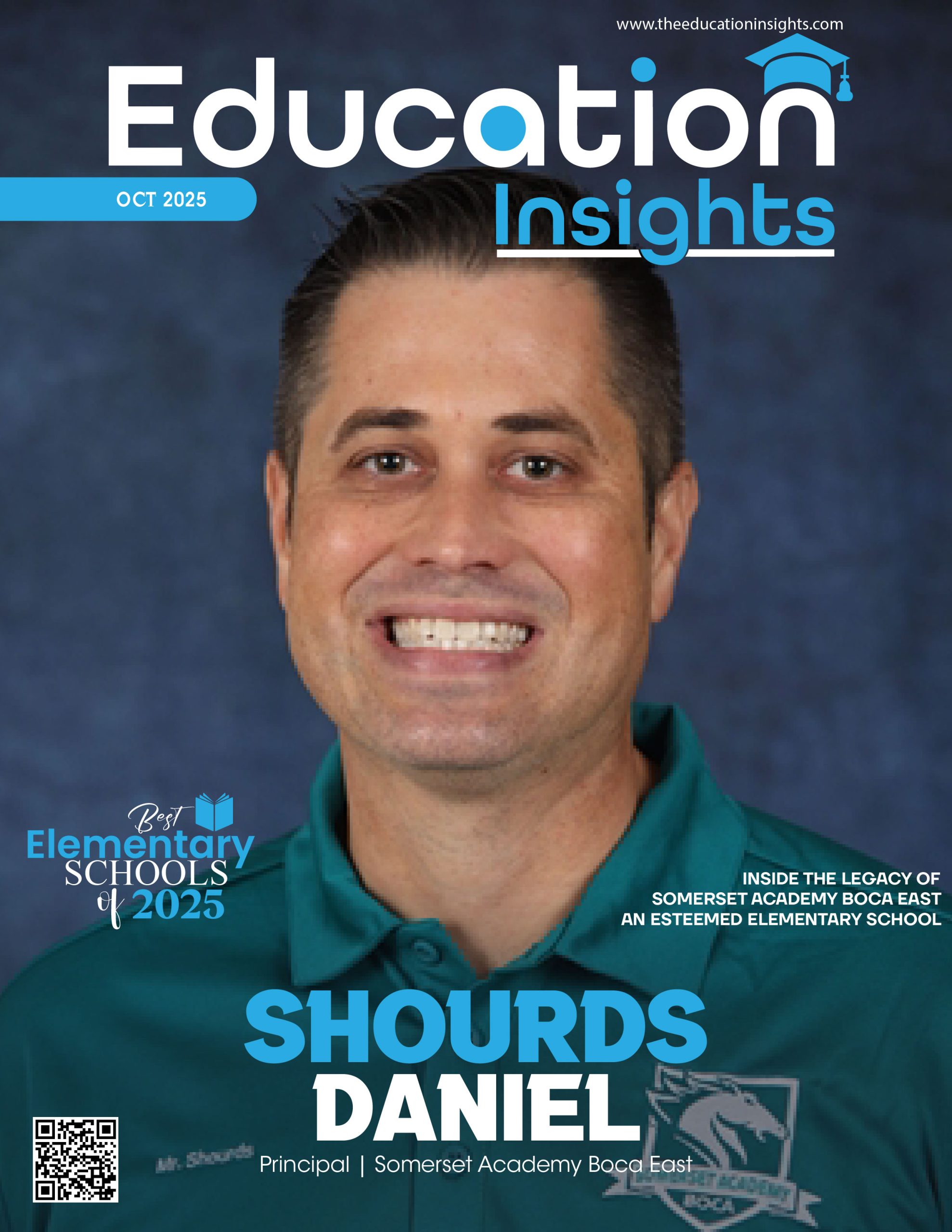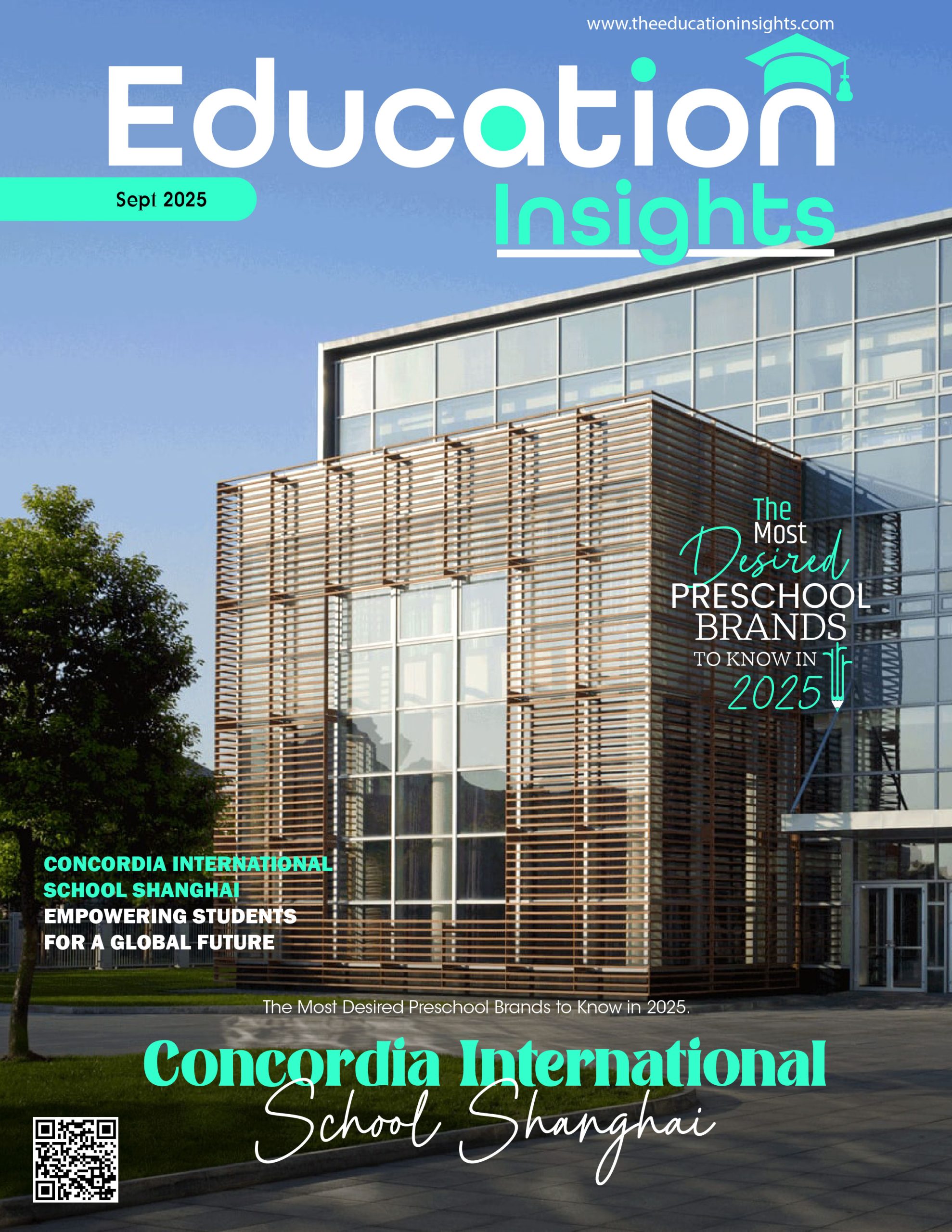In the world of education, personalized learning has gained significant attention. People are starting to question the traditional approaches of teaching that treat everyone the same. They think it might not work for everyone. So, a new idea called personalized learning is becoming popular. It means teaching in a way that fits each student’s unique needs and how they like to learn.
What is Personalized Learning?
Personalized learning is a teaching model rooted in the understanding that students learn in different ways and at their own speed. Instead of using the same method for everyone, personalized learning makes education fit individual students’ needs, learning styles, and interests. Each student receives a personalized learning plan considering their strengths, weaknesses, skills, and interests. This approach fosters a sense of ownership of learning as students work with teachers to set short-term and long-term goals. This approach encourages students to take ownership of their learning as they work with teachers to set short-term and long-term goals.
Models of Personalized Learning:
Personalized learning comes in various models made to suit students’ unique characteristics. Four widely used models include:
- Learner Profiles: Schools using this approach keep updated records, providing a deep understanding of each student’s strengths, needs, motivations, progress, and goals. These profiles help students, teachers, and parents see progress, make informed decisions, and adjust learning methods as needed.
- Personalized Learning Paths: In this model, students can choose their learning paths based on weekly academic progress and interest updates. They have a schedule that includes different ways of learning, like project-based learning, independent work, or getting help one-on-one. This way, they can go at their own speed by getting better at different skills.
- Competency-Based Progression: Schools following this model regularly check students’ progression, focusing on specific goals and competencies. Students can show their understanding in various ways, focusing on ongoing learning instead of traditional tests. Support and services are provided to help students master skills at their own speed.
- Flexible Learning Environments: This model adapts the learning environment based on how students learn best. It involves redesigning the physical setup of classrooms, structuring the school day, and allocating teachers in a way that matches what students need.
How Personalized Learning Works:
Every school that uses personalized learning may be something different. However, the fundamental principles involve making a special learning experience for each student, following tough academic standards, and making sure that the learning plans or project-based approaches reach their educational goals.
The Potential of Personalized Learning:
While personalized learning is not yet widely adopted in schools, it holds significant potential to reduce the negative feelings about special education. This approach can better meet the needs of students with diverse learning styles. Individualized Education Programs (IEPs) and personalized learning paths can work together to focus on students’ strengths and interests, providing specific support for weaknesses. Additionally, personalized learning encourages students to build self-advocacy skills, promoting engagement and making them equal partners in their learning experiences.
Challenges and Risks:
Despite its potential, personalized learning comes with challenges and risks. Teachers might not have enough training to include all students, and some students might not get the help they need with certain skills. Effective implementation requires careful consideration of competencies, data analysis, and ongoing teacher training.
The Evolution of Personalized Learning:
The concept of personalized learning is not entirely new. It comes from two main approaches:
- “engineering model,” one that wants students to quickly learn, and progressive education traditions that focus on what students are interested in and passionate about.
- The current interest in personalized learning is part of bigger trends in society. People desire to move away from standardized testing and the “factory model of education.”
The Role of Technology:
Technology plays a crucial role in the personalized learning movement. Technology enhances traditional teaching methods by utilizing adaptive software, big data, online collaboration tools, and social media. The use of technology enables the scalability of personalized learning, making it more accessible to a broader student population.
Does Personalized Learning Work?
The effectiveness of personalized learning remains a topic of debate. “However, personalized learning is different in each classroom, so it is challenging to make definite conclusions”. Some studies show promising signs and challenges. Supporters say it helps students positively impact engagement, knowledge retention, and individualized skill development.
Arguments Against Personalized Learning:
Some people worry that personalized learning might be an excuse to collect a lot of data and surveillance of students. They are also concerned about students spending too much time on screens, working alone, and how much the tech industry affects education. These concerns make some people doubtful about this approach.
The Imperfect Evidence:
Figuring out the success of personalized learning is complicated because it is implemented in many different ways. Educators often have to make important choices based on imperfect evidence, and they need to be cautious before adopting personalized learning without thorough evaluation and monitoring.
Benefits of Personalized Learning:
Despite the challenges, personalized learning offers several benefits, including time savings, increased engagement, improved knowledge retention, heightened motivation, and better overall learning results. The customization of learning experiences according to individual needs enhances the effectiveness of education.
Examples of Personalized Learning:
Personalized learning means adapting education to suit each student. It can be like having a personal tutor, using online courses that adjust to your way of learning, or even using search engines that give information based on what we need. These examples show how using technology and customized methods can make learning better and personalized to each student.
Conclusion:
In the 21st century, education is dealing with a lot of challenges. Personalized learning is a way of teaching that changes and adapts to what each student needs. Even though there are some problems and discussions about it, the good things about personalized learning, like making students more interested and motivated and helping them learn better, show why it is more important to keep trying and improving it in education. Finding the right between tradition and innovation is crucial to making personalized learning work well in public schools.










